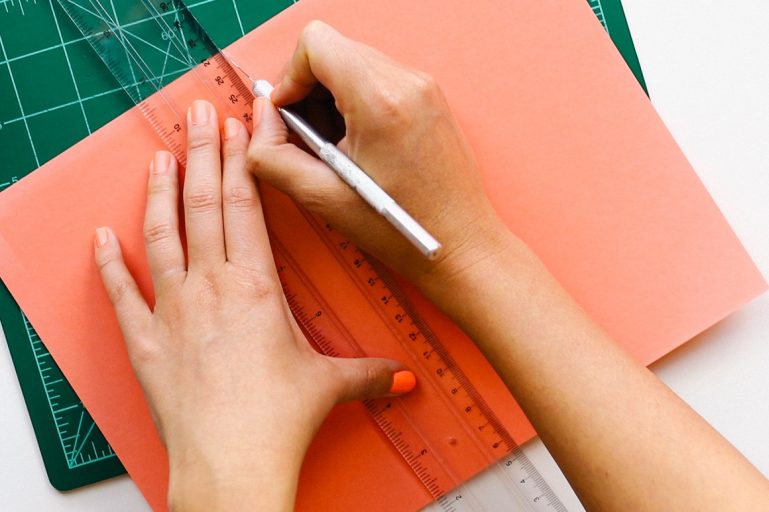
How To Define Your Brand and Create a Killer Small Business Logo
With everything that small business owners have to think about each day, branding is something that often gets lost in the shuffle.
Very few business owners set aside the necessary time to define and develop their brand for their audience. Many assume that their brand is just other people’s perception of them – a perception that they cannot directly control themselves. Well, that’s only partially true. Your brand can be considered other people’s perception of you, but you absolutely can shape that perception. It begins with defining and understanding it yourself, and ends with your logo and your employees’ interactions with your customers.
As our longtime users know, ShopKeep underwent a rebrand of its own last year, and we have our very own Creative Director, Matt Cullin, here to share his tips on how to brand your small business and develop a fitting logo. Check out his advice below:
Understand what a brand is and the purpose of your logo
The first step to establishing your brand is to understand what a brand is. As self-explanatory as that may seem, most people don’t have a full grasp of this. Your brand is an all-encompassing representation of your business. It brings together all of the elements of your business, from the decor to the customer interactions. As mentioned previously, it is the perception of your business, thus the feeling that others get when they encounter it – physically or virtually. A logo is a graphic that should give a hint or indication of your brand; it is the visual representation of your brand. When others see it, it should incite a feeling or give a glimpse of what to expect from your business.
Write down everything about your brand
The next step is to think carefully about every important aspect of your business. These aspects include your ethos, mission statement, products or service(s), location, and your target customer. Visualize what each of these are and what they represent for you, and put them down on paper. After reviewing it, share it with your team and emphasize the importance of embodying these aspects consistently in each interaction with your customers.
Brainstorm, set up a mood board, and view brands that you like
After you’ve written down your ideas and understand what you would like your business to represent, brainstorm symbols and/or phrases that embody these things. Create a mood board from these symbols, images, and other content that you come across from your research. You’ll be surprised by how much inspiration you’ll find all around you. Take the time to view brands that you feel are represented well. When we did the ShopKeep rebrand, the inspiration was our customers, as our brand is about serving merchants and providing them the tools to succeed. Our moodboard consisted of various small business storefronts and interior designs.
Use online resources for inspiration and to draft a logo
Creating a good business logo is a lot easier these days with a number of free resources available online. Dribbble.com and behance.net are two great sites for viewing other people’s creative portfolios. They’re great resources to draw inspiration for your logo design. You can also narrow the content down by running a targeted brand search.
Time to create your logo
From here, the decision is yours: you can design the logo yourself if you enjoy creative work and have the time, or you can draft a design brief outlining everything that you’d like to see, and pay a freelance designer to create the logo for you. With the latter option, be sure to provide as many details as possible in your brief.
If you decide to do it yourself, here’s a great guide to help you along the way. If you opt for the latter and have some budget to pay for a professional job however, here are 3 great websites to source freelance creative professionals:
- Fiverr.com is a great website for finding freelance creatives at a very affordable cost.
- 99designs.com allows you to browse a wide range of categories and templates and specify what you’d like to see.
- Freelancer.com is a great website for higher-end designs and a more tailored service. As such, it’s a bit on the pricier side as compared to the other 2 options.
These tips should get you well on your way to establishing your brand and representing it well with a great logo. Give it a stab and let us know if you have other tips that have helped you out in the comments section below.
Want to try ShopKeep for yourself?
Just answer a few easy questions.
Need help finding the right point of sale?
Just complete the form. We’ll call you right back to explain how ShopKeep can work for you.
Hit the ground running.Sprinting, in fact!
Read our free, comprehensive guide, Small Business 101, to learn all you need to know about starting a thriving business.

